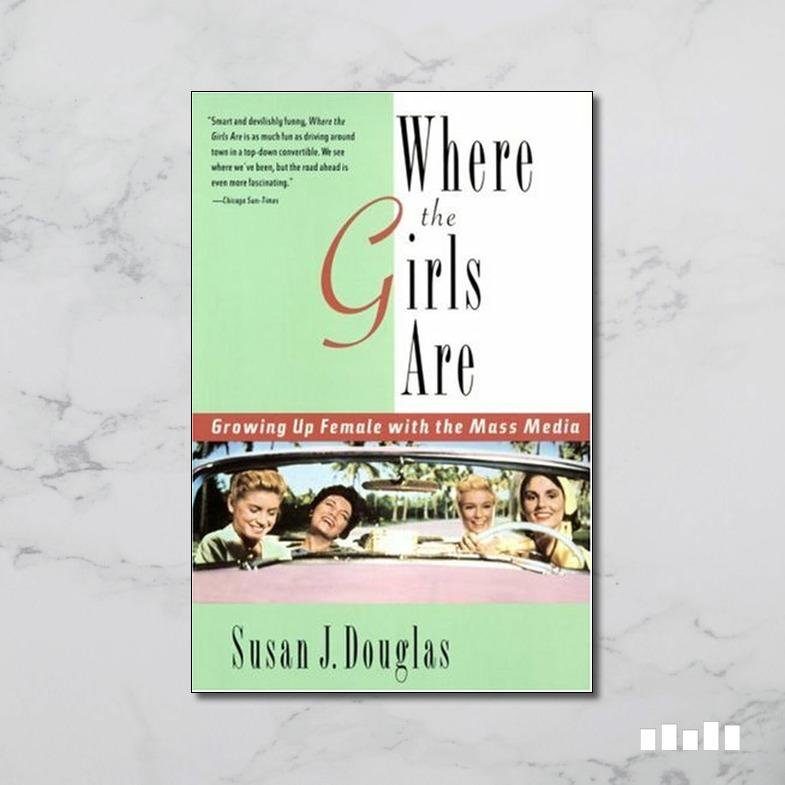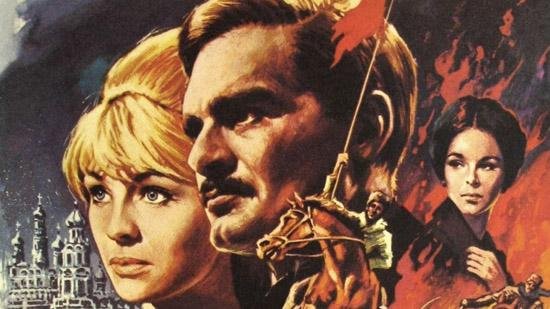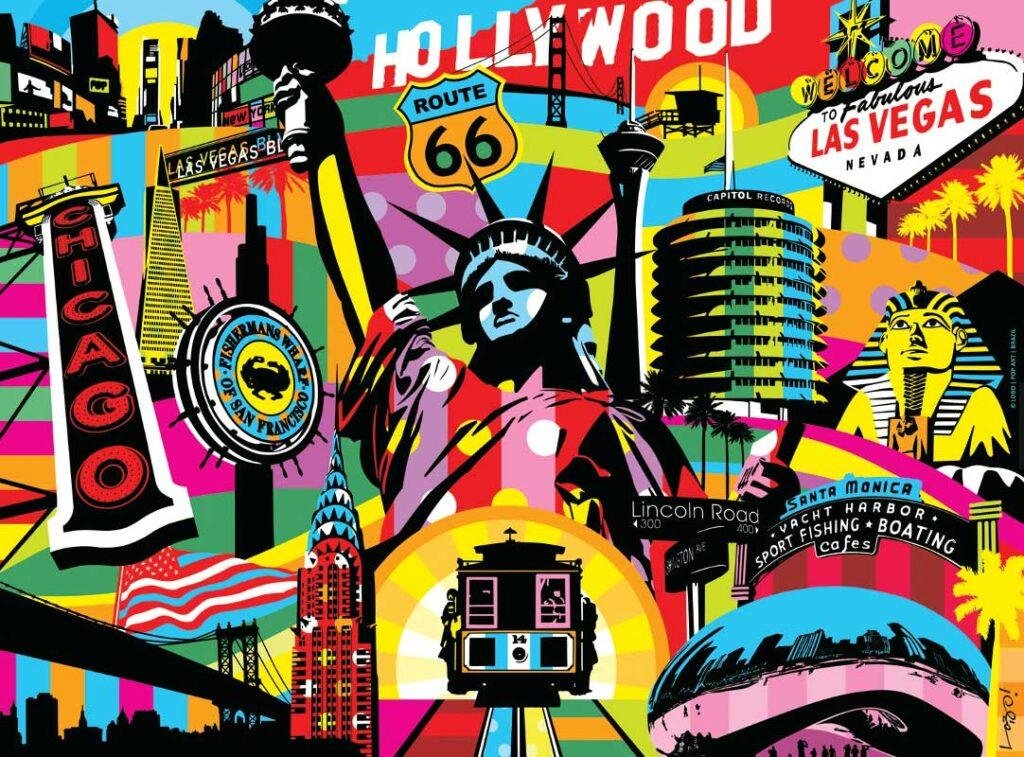Rhetoric in “Pop Can: Popular Culture in Canada”
“Pop Can: Popular Culture in Canada” is a book by Richard Cavell that explores the role and significance of popular culture in shaping Canadian identity. Published in 2009, the book examines how popular culture has influenced and reflected the cultural, social, and political landscape of Canada.
Rhetoric, or the art of persuasive communication, plays a crucial role in “Pop Can” as it delves into the ways in which popular culture contributes to the construction of national identity.
Cavell argues that popular culture acts as a form of rhetoric, conveying messages and values that influence how Canadians perceive themselves and their nation.

In “Pop Can,” a key aspect of rhetoric is examining how popular culture shapes the Canadian imaginary.
The book discusses media representations, such as television shows, films, and music. Contribute to the formation of shared beliefs, values, and aspirations among Canadians.
Through rhetorical strategies, popular culture constructs national identity narratives that resonate with audiences. Reinforcing a sense of belonging and cultural unity.
Moreover, “Pop Can” explores how popular culture engages with themes of multiculturalism and diversity in Canada. Rhetoric in popular culture can either promote inclusivity and celebrate cultural pluralism or perpetuate stereotypes and cultural hegemony.
The book explores how popular culture acts as a platform for diverse voices and representations. Challenging traditional notions of Canadian identity.
Cavell also analyzes the rhetorical strategies employed by various forms of media to address political and social issues. Popular culture often reflects and responds to important events and debates in Canadian society. Influencing public opinion and fostering civic engagement.
The book explores how various media texts, from satirical cartoons to activist music. Contribute to broader discourses on issues like environmentalism, indigenous rights, also social justice.
Furthermore, “Pop Can” underscores the dynamic nature of popular culture as a form of rhetoric. It acknowledges that popular culture is not static but evolves in response to changing cultural, technological, and political contexts.
The book explores how new media platforms, digital technologies, and globalization have transformed the production, distribution, also reception of Canadian popular culture.
Conclusion
“Pop Can: Popular Culture in Canada” delves into the rhetorical power of popular culture in shaping Canadian identity and society.
By analyzing media representations, diverse voices, and political engagements in popular culture. The book shows how rhetoric in media texts contributes to the ongoing construction and negotiation of Canadian national identity.
“Pop Can” contributes significantly to studying popular culture’s role in fostering collective identity and cultural belonging in Canada. 바카라사이트






